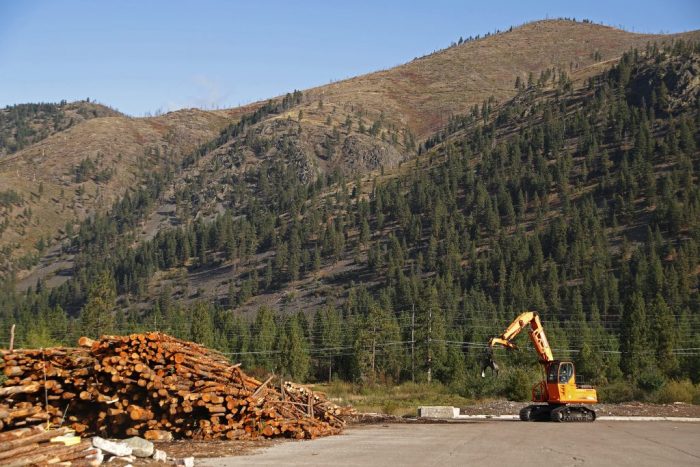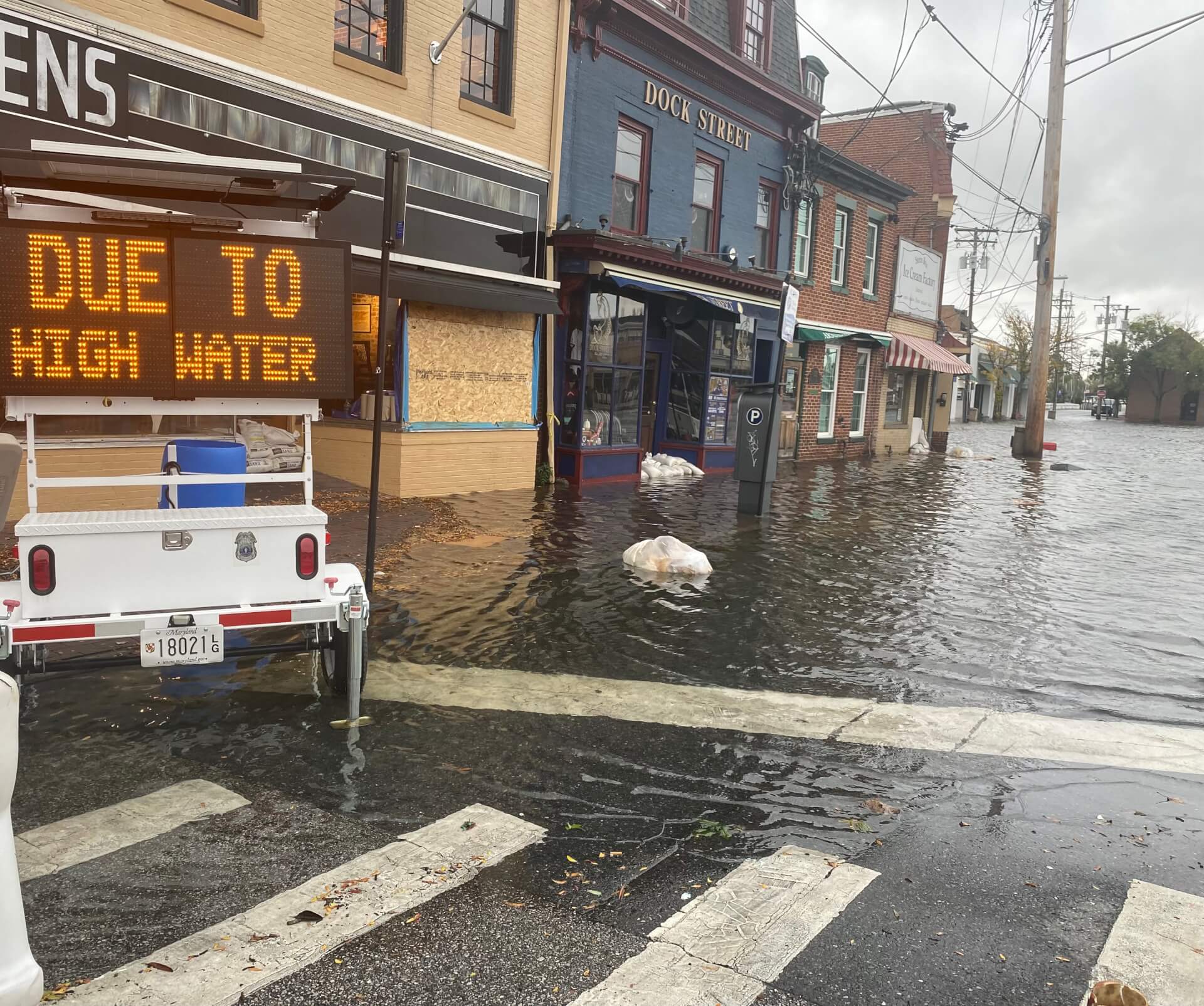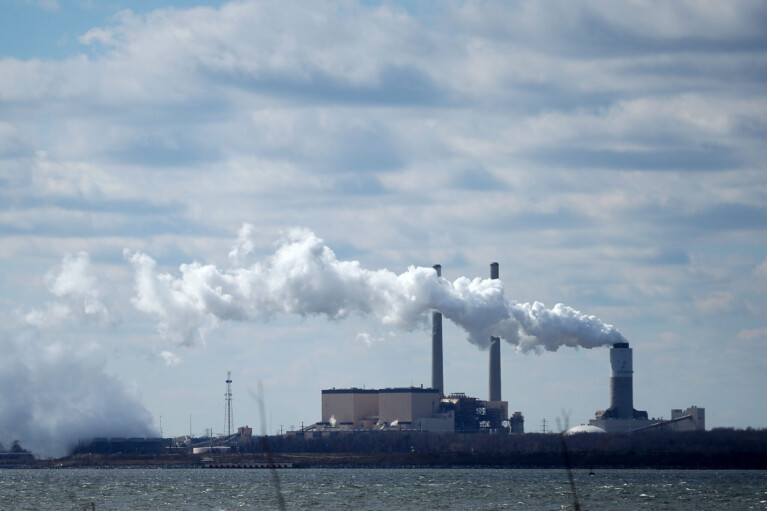Commentary: Government officials need to do more to protect mature forests — and fight climate change

By Sonia Demiray, Sam Davis, Zack Porter, Lea Sloan, Julia B. Lowe, Michael Kellett, Sam Stearns, Davis Mounger and Lauren Kallmeyer
Sonia Demiray is with the Climate Communications Coalition; Sam Davis is with the Dogwood Alliance; Zack Porter is with Standing Trees; Lea Sloan is with the Sierra Club Grassroots Network Forests & Climate Team; Julia B. Lowe is with the Sierra Club Hoosier Chapter Conservation Committee; Michael Kellett is with RESTORE: The North Woods; Sam Stearns is with Friends of Bell Smith Springs; Davis Mounger is with Tennessee Heartwood; and Lauren Kallmeyer is with Kentucky Heartwood.
Over half a million Americans responded to the U.S. Forest Service’s request for public comment before late July’s deadline for the Advanced Notice of Proposed Rulemaking. The question: “How should the Forest Service implement the President’s Executive Order to protect mature and old-growth in our national forests in the face of climate change?”
The request for public input ended with a “virtual listening session” on July 24, which hosted a well-informed and engaged, yet often exasperated and frustrated audience because the Forest Service (USFS) continues to log the most important tool we have to help with climate change and to save wildlife: mature forest ecosystems.
This outrage comes as no surprise to people tracking forestry. The latest report by the Climate Forests shows that federal agencies have not corrected the course on any of the original logging projects that the group highlighted last summer. Rather, “America’s Vanishing Climate Forests” spotlights 22 egregious examples, which add up to hundreds of thousands of acres of mature and old-growth logging, set to take place in federal forests despite President Biden’s order to protect them. This prompted several attendees to identify the USFS as the biggest threat to our mature forests and call for an immediate logging moratorium on mature and old growth trees.
Most tree species reach maturity and peak financial interest between 50-80 years. When left alone, however, many species can become centuries old and massive in size. The largest and oldest trees are the most effective means to sequester and store the biggest amounts of CO2 as they continue to grow and store pollution in their mass and in the soil until they die. Mature trees also ensure forest resiliency and support biodiversity in the face of climate change.
While many believe wildfires to be the biggest threat to forests and to our air, many mature and old growth trees survive a natural fire, while logging alone releases 150-800% more carbon per acre into the atmosphere than a forest fire. With the exception of isolated local habitats and southern coastal areas prone to lightning, fire generally was uncommon before European settlement.
Also in the Eastern U.S., where forests have been kept artificially young for centuries due to intensive logging, there is particularly high untapped potential for forests to accumulate more carbon over time if we simply allow them to continue to grow. In Maryland, for example, where 78% of forests have reached maturity, elected officials have a choice: will they cave in to the forest product and biomass energy industry’s massive lobbying efforts, or instead incentivize the preservation of forests for Marylanders’ future and as our main tool to battle climate change?
We respectfully ask the USFS to observe climate science, the presidential order, and IPCC recommendations and limit timber sourcing to tree farms, sparing mature and old growth forest ecosystems held in the public trust. Business as usual cannot continue. Today’s most important forest products are clean air, clean water, fertile soils, and wildlife habitat.




 Creative Commons Attribution
Creative Commons Attribution